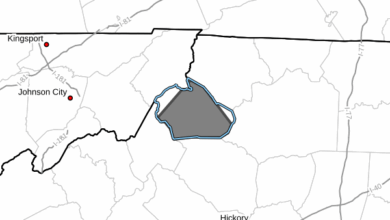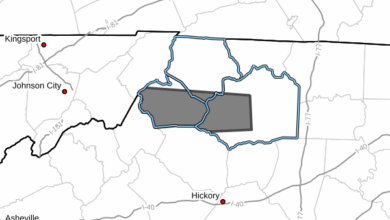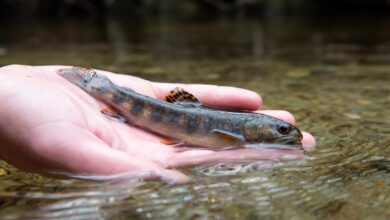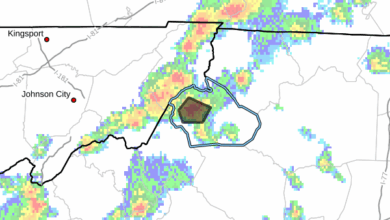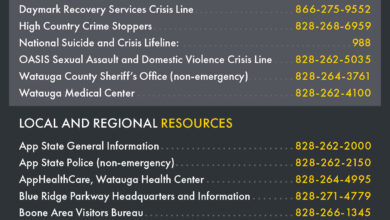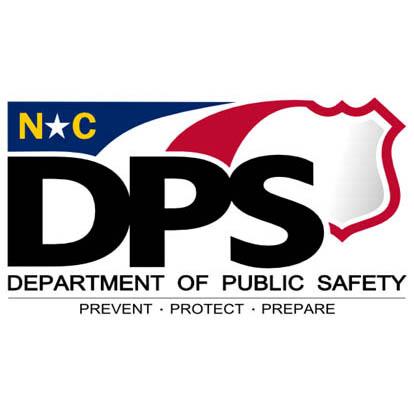Last Updated on May 4, 2017 7:40 pm
RALEIGH, N.C. (May 4, 2017) — As the weather warms, snakes start moving and calls start flooding the N.C. Wildlife Resources Commission’s Wildlife Helpline, where biologists answer questions and address concerns from people who have spotted something slithering in their backyard.
Their first words of advice? If you see a snake, don’t panic. Leave it alone and walk away.
“When people encounter a snake, particularly in their backyard, it can be startling for both the person and the snake,” said Jeff Hall, a wildlife diversity biologist with the Commission. “We reassure people that, for the most part, snakes are completely harmless and, if given a wide berth, a snake will usually move out of the area on its own in time.”
Most snakes, even venomous ones, are reluctant to bite because they use their energy or their venom to acquire food, and they don’t view humans as a food source. Most snakebites occur when a person picks up a snake, steps on one accidentally or tries to kill one — which can be illegal depending on the snake species.
In North Carolina, four of the six venomous snake species are protected. The pigmy and timber rattlesnakes are listed as species of special concern while the Eastern diamondback rattlesnake and Eastern coral snake are listed as endangered. None of these four species of snakes should be handled or disturbed without a permit issued by the Commission.
North Carolina is home to 37 native snake species. Of the six snake species that are venomous, only one, the copperhead, is common and can be found across the state. In many areas, including most of the larger urban regions, it is the only venomous snake. Because of their ability to live in a wide variety of habitats — from wooded areas to mountain ridges to suburban backyards — copperheads generate the most phone calls from people who think, often mistakenly, that they have one in their yard.
“While it’s not uncommon for people to have a copperhead in their yard, usually what they have is a non-venomous and harmless species, such as rat snake or a garter snake, both of which are commonly found in backyard habitats,” Hall said. “Unfortunately, many nonvenomous snakes are mistaken for copperheads and killed, although, copperheads are relatively easy to identify. Just look for the distinctive hourglass-shaped or Hershey-kiss-shaped crossbands on a light brown or gray body.”
Regardless if a snake is venomous or non-venomous, snakes pose little threat to pets and children — if left alone. When confronted or harassed, snakes are more likely to flee than they are to bite. However, if given no escape route or restrained, they will bite or lunge toward their perceived aggressor to defend themselves.
The Commission does not send people out to trap and remove snakes since removing one snake is not going to prevent another one from taking its place. However, Hall provides a few tips that people can follow to make their backyards less hospitable to snakes.
· Clean up the clutter by removing piles of rocks, wood and other debris that attract rodents and snakes.
· Mow the lawn to keep the grass cut short. Snakes prefer tall grasses to seek out their prey. They’re also easier to spot in shorter grass.
· Discourage snakes from entering your home by closing gaps and holes, repairing damage to siding and foundation, sealing openings under doors, windows and around water pipes.
When it comes to snakes, Hall says the most important thing people can do is to educate themselves and others about these cold-blooded reptiles and learn to appreciate them as an important part of the ecosystem.
“Snakes are strictly carnivorous, preying on smaller animals, such as rodents, slugs and insects,” Hall said. “Snakes also serve as an important food source for other animals, like foxes, raccoons, eagles, hawks, owls. Instead of being widely feared and unjustly persecuted, snakes should be appreciated for the awesome creatures they are and treated with respect.”
To view a slideshow of some of the more common snakes found in North Carolina, including venomous and nonvenomous, visit the Commission’s Flickr page. For information on all 37 snake species native to North Carolina, visit Herps of NC website.
For other questions regarding human-wildlife interactions, call the Commission’s new N.C. Wildlife Helpline toll-free at 866-318-2401. The call center is open Monday through Friday (excluding holidays) from 8 a.m. to 5 p.m.
For more information on snakes, read the Commission’s “Co-Exist with Snakes” handout. For more information about co-existing with other wildlife species, visit the Commission’s Tips on Co-Existing with Wildlife page (http://www.ncwildlife.org/Have-A-Problem/Tips-on-Coexisting-with-Wildlife).







